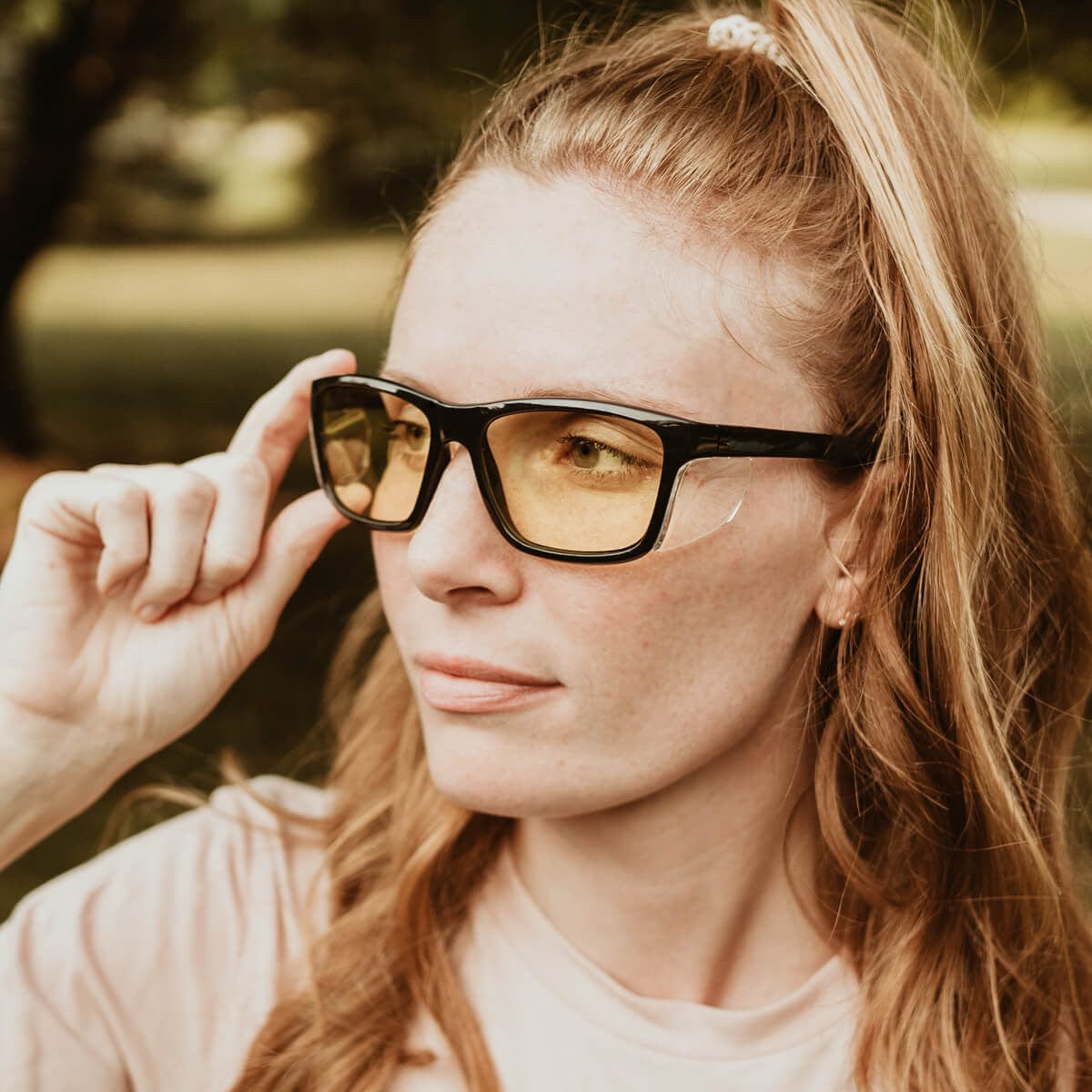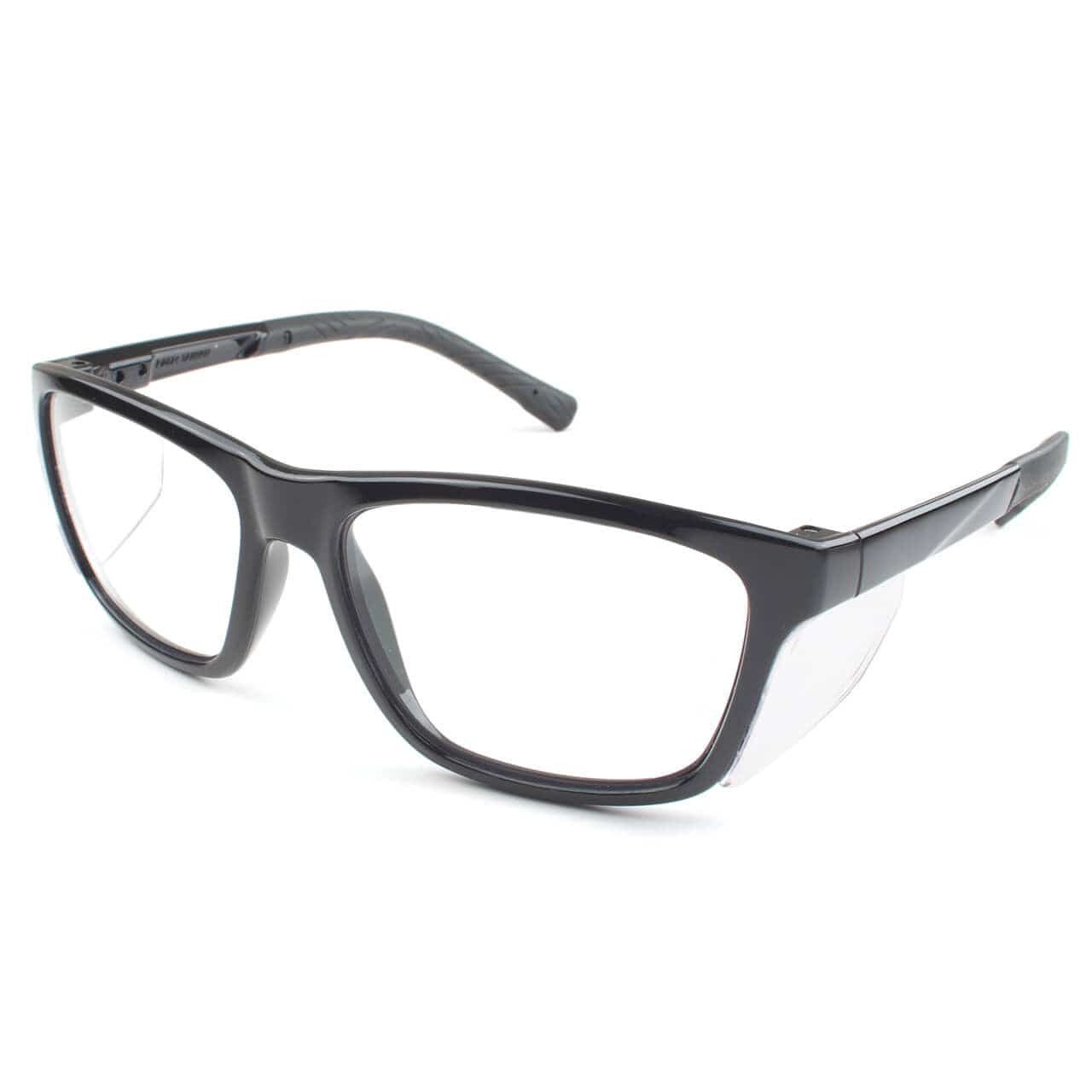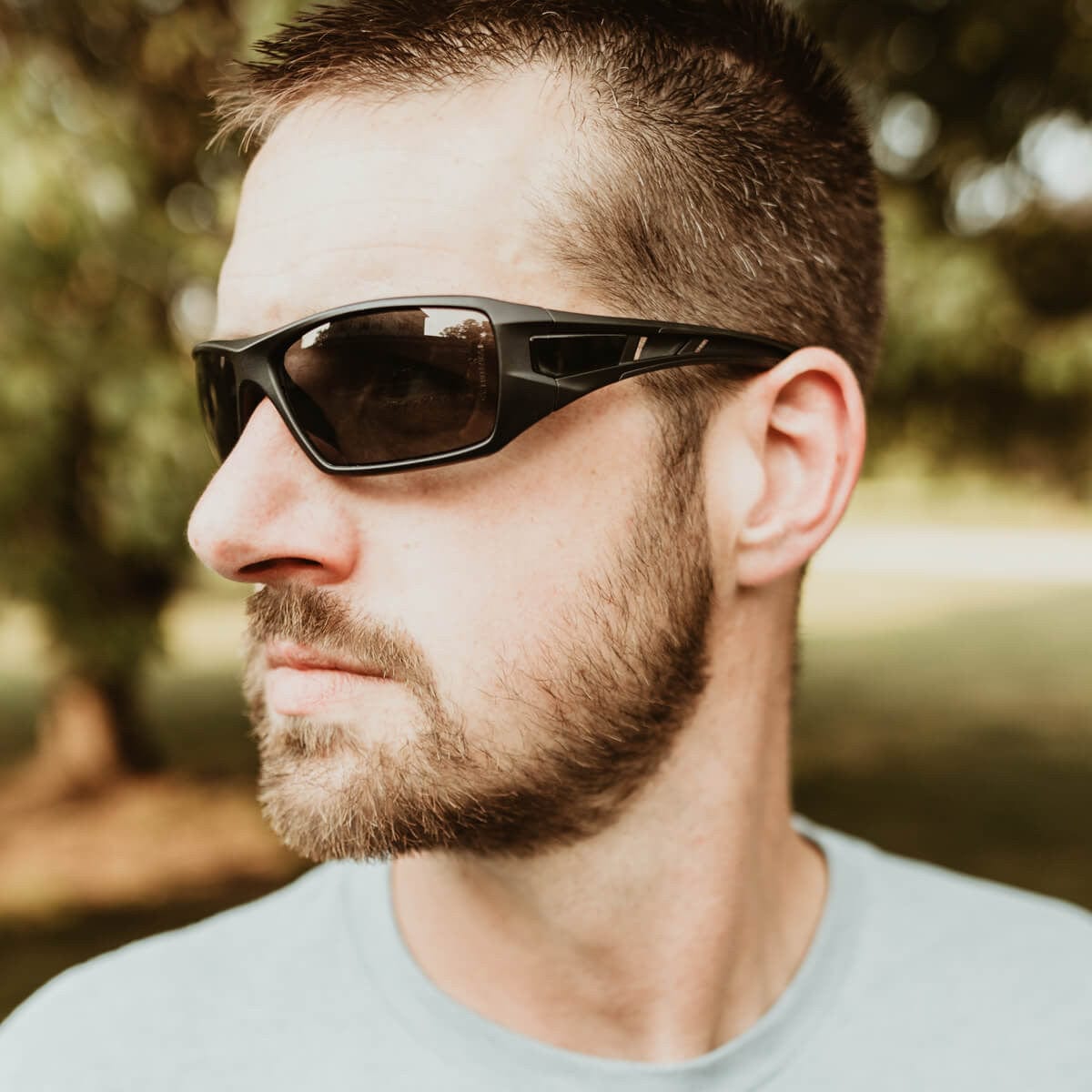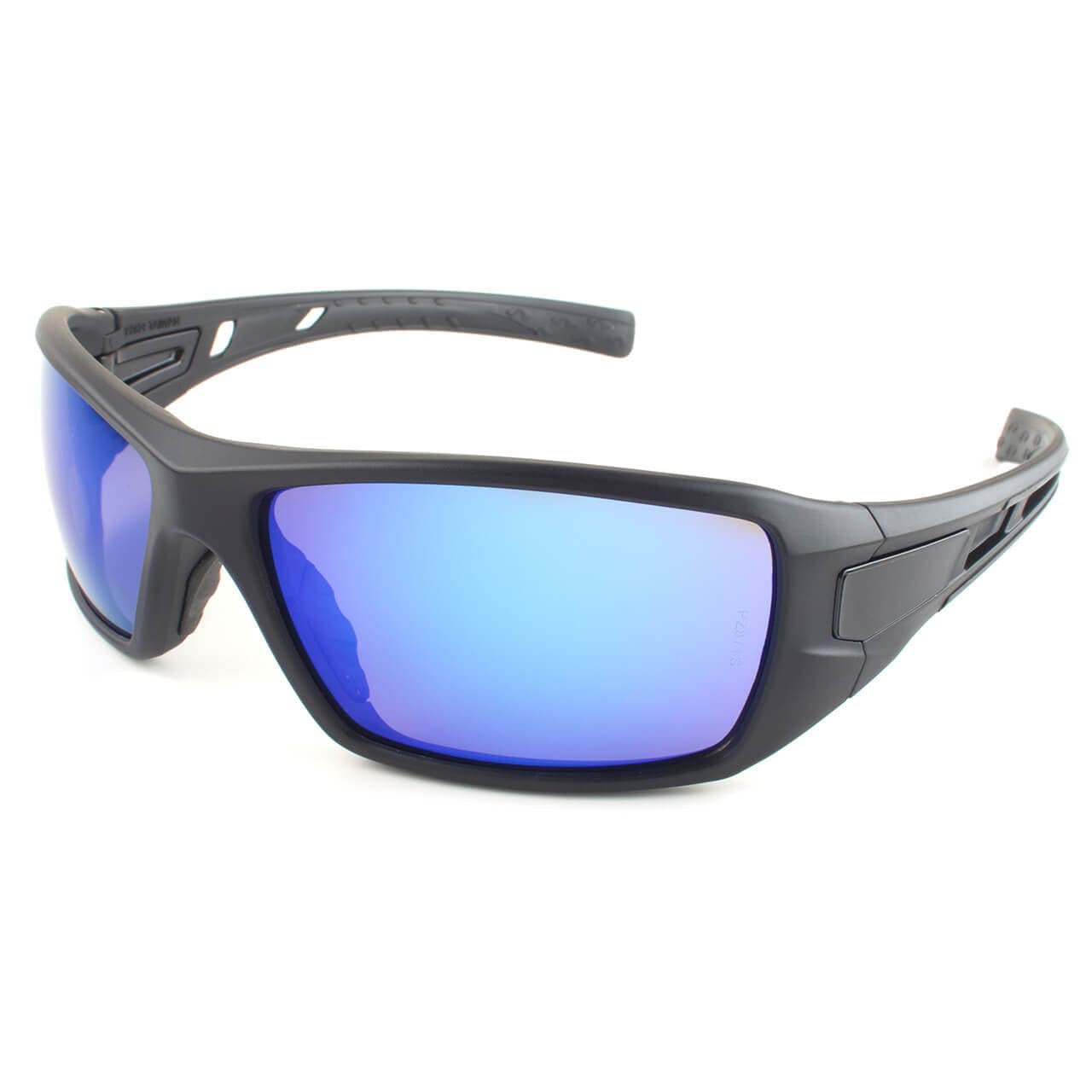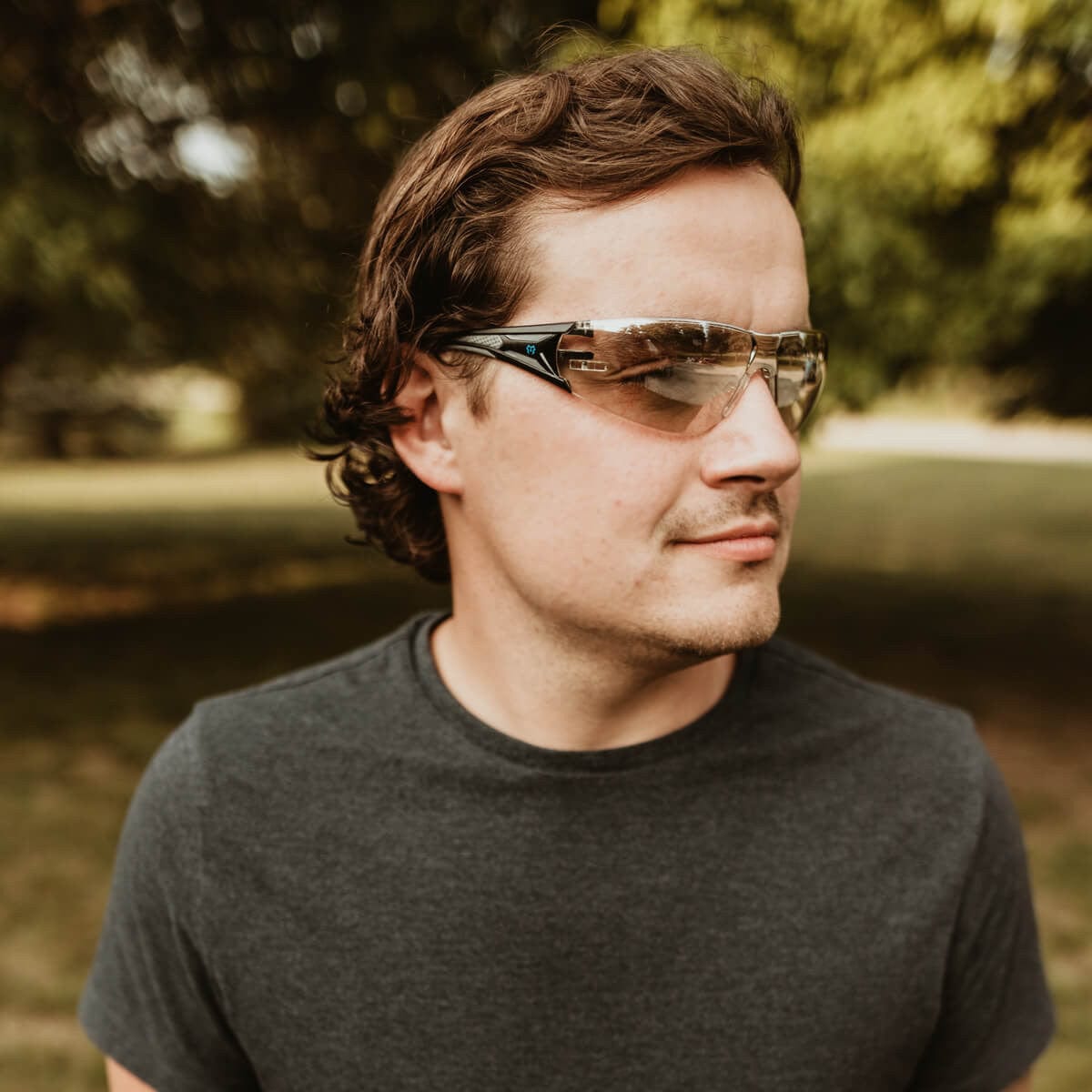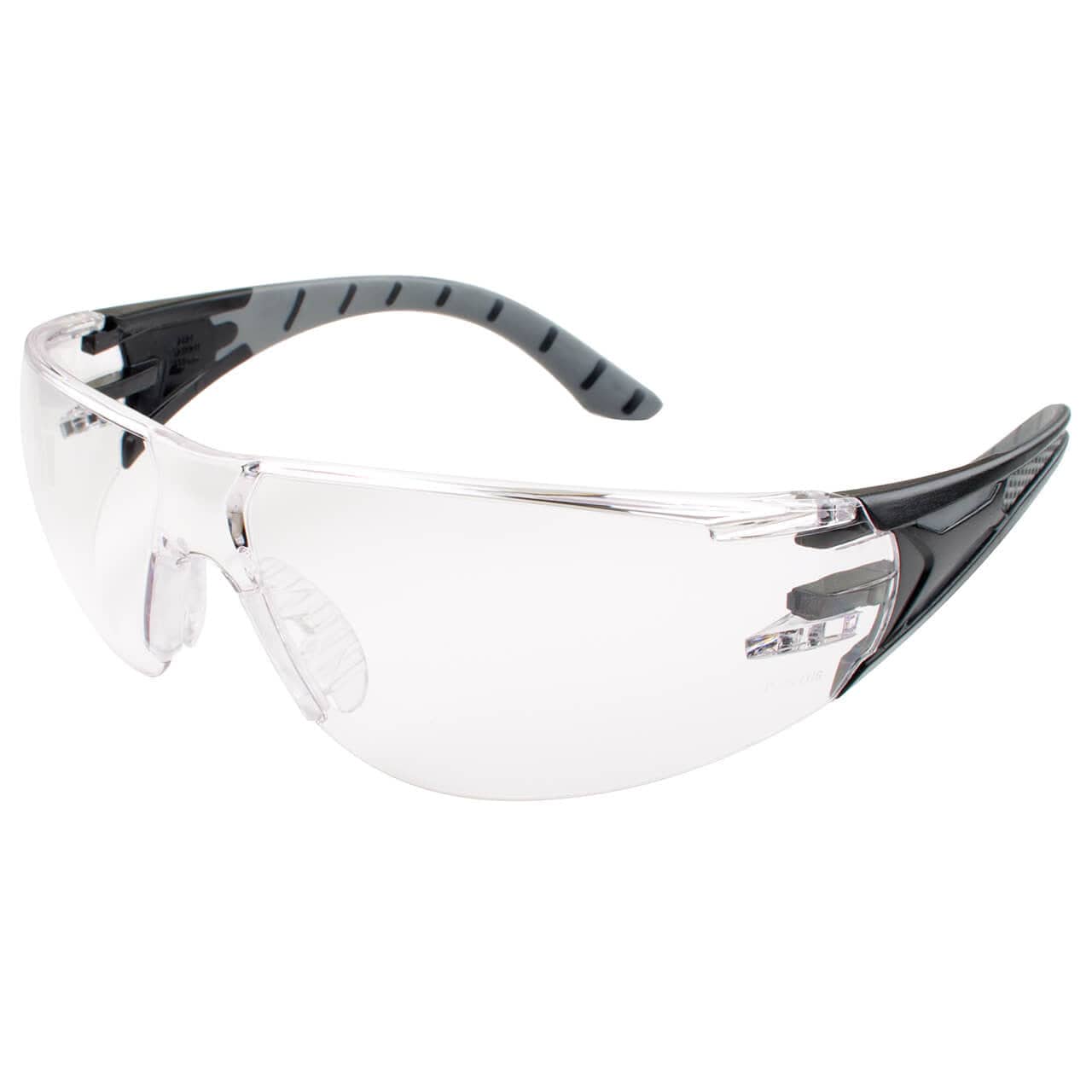Plenty of misconceptions exist about night driving, and night driving eyewear is a highly sought-after product. However, in addition to some significant considerations to keep in mind, drivers must realize that there is no catch-all solution.
Before trying night vision eyewear for driving, employ the tips in Shedding Some Light on Night Driving Challenges and Solutions, Part 1, and the additional information offered by State Farm Insurance.
If night driving eyewear still interests you after considering the other options available, keep in mind the following points regarding eyewear that may or may not improve night vision.
Lens Color and Night Vision
There are two main reasons people look for night driving glasses. First, they want to enhance contrast and depth perception in dim light. Second, they want to reduce glare from oncoming headlights. However, can lens color provide any solutions to nighttime driving vision problems? Let's find out.
Enhancing Contrast and Depth Perception
Improving contrast and depth perception when driving at night can only be achieved during the few hours before and during dusk or at other times that are dim without being dark. A yellow/amber lens can brighten surroundings using the small amount of light available. However, these lenses require the presence of some light since benefits are lost when darkness fully descends. After dark, not much can help improve visibility.
Even with the possibility of a yellow/amber lens improving visibility for some people and in some conditions, using any tint once dusk hits is controversial.
In fact, eye experts at Laramy-K Optical strongly discourage the use of yellow lenses for dusk and night driving because "ANY tint further reduces the amount of light transmitted to the eye."
Experts also quote -
Dr. Merrill J. Allen from the Forensic Aspects of Vision and Highway Safety says that yellow lenses can "actually impair visual performances and retard glare recovery."
Reducing Glare from Oncoming Headlights
One of the most common complaints about night driving is headlight glare. So naturally, this leads to a common question. What lens features or colors will help reduce headlight glare?
First, let's dispel some common misconceptions about eyewear and headlight glare.
Polarized lenses will help with headlight glare.
Again, false. The glare caused by the headlights of oncoming traffic differs from the glare generated by the sun, so a polarized lens will not offer the same benefits against headlight glare. In addition, polarized lenses typically use dark lens tints, dramatically reducing visible light transmission. This means your night vision would be reduced to nearly zero.
Eyewear with mirrored lenses will reduce headlight glare.
False. Unfortunately, this lens is neither practical nor advisable in the dark. Even an indoor/outdoor lens with a light mirror coating over a clear lens only allows 50-60% light transmission. Obviously, this presents a danger with the already dark conditions of nighttime.
Wearing eyewear with an anti-reflective coating will reduce headlight glare.
Partially True. Prescription eyewear with an anti-reflective coating will slightly reduce headlight glare. However, non-prescription eyewear with AR coatings is still not recommended.

Tinted lenses may reduce glare, but they also darken your entire surroundings.
So what's the best choice?
Vision Experts advise customers to "please choose wisely" and to cease using any lens if it impairs vision. Everyone must realize there is no perfect or ideal type of night driving glasses. There are just too many variables. A person's sensitivity to light, natural ability to see in the dark, varying environmental light conditions, and driver objectivity must be considered.
Tips with the most significant improvement in reducing headlight glare
The bottom line is that having perfect vision for driving at night isn't possible. However, the night driving tips suggested in Shedding Some Light on Night Driving Challenges and Solutions, Part 1, listed below, will provide the most significant improvements to nighttime driving and battling headlight glare. Here's a quick overview.
1. Clean your eyewear lenses, the interior and exterior of your windshield, and headlights.
2. Dim your dashboard lights.
3. Use anti-reflective coatings on prescription eyeglasses.
4. See your eye doctor when you first experience night vision problems.
Should you choose to experiment with night driving glasses or even with various lens tints, know that eye experts warn against this as a safe option.


